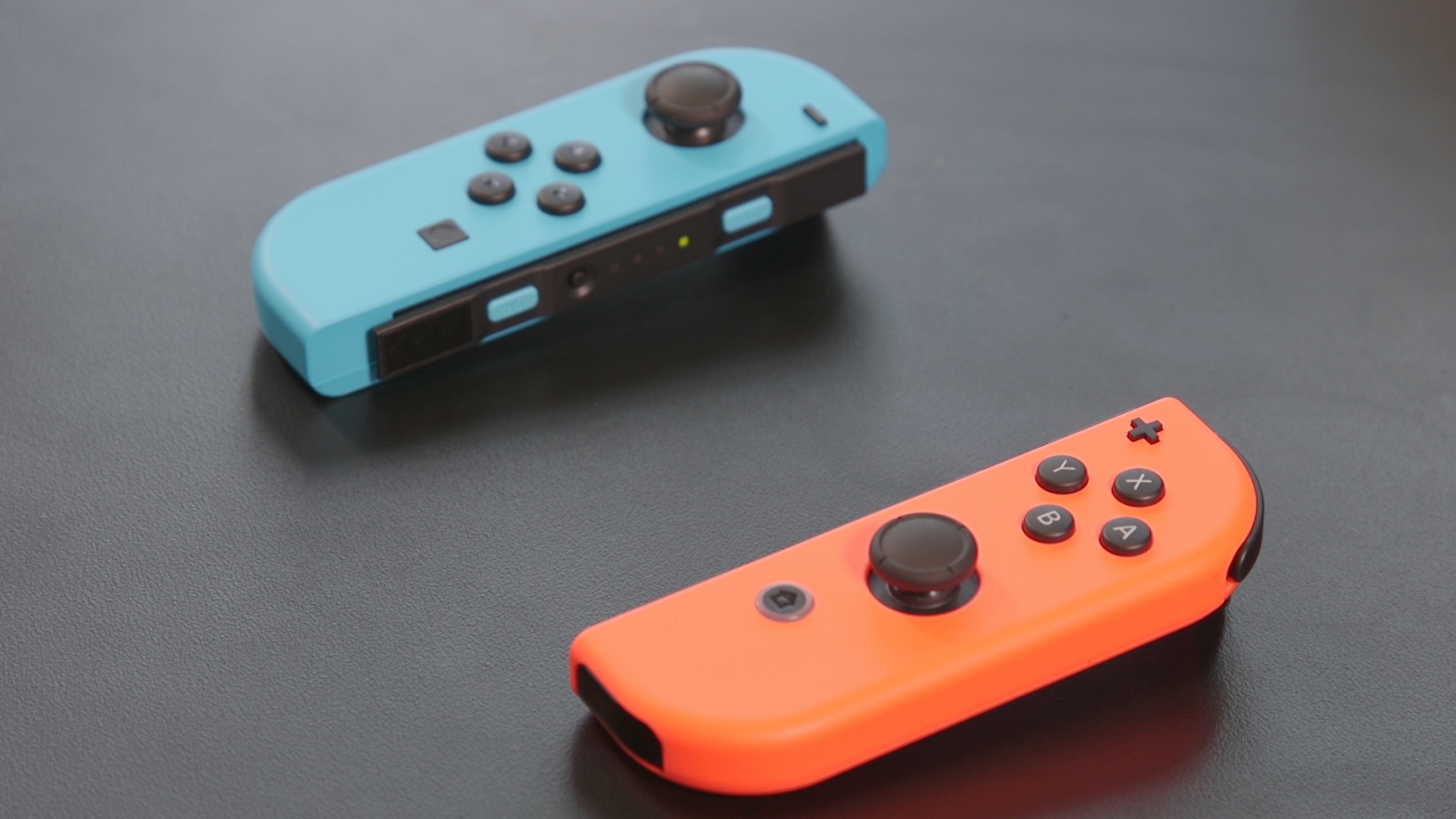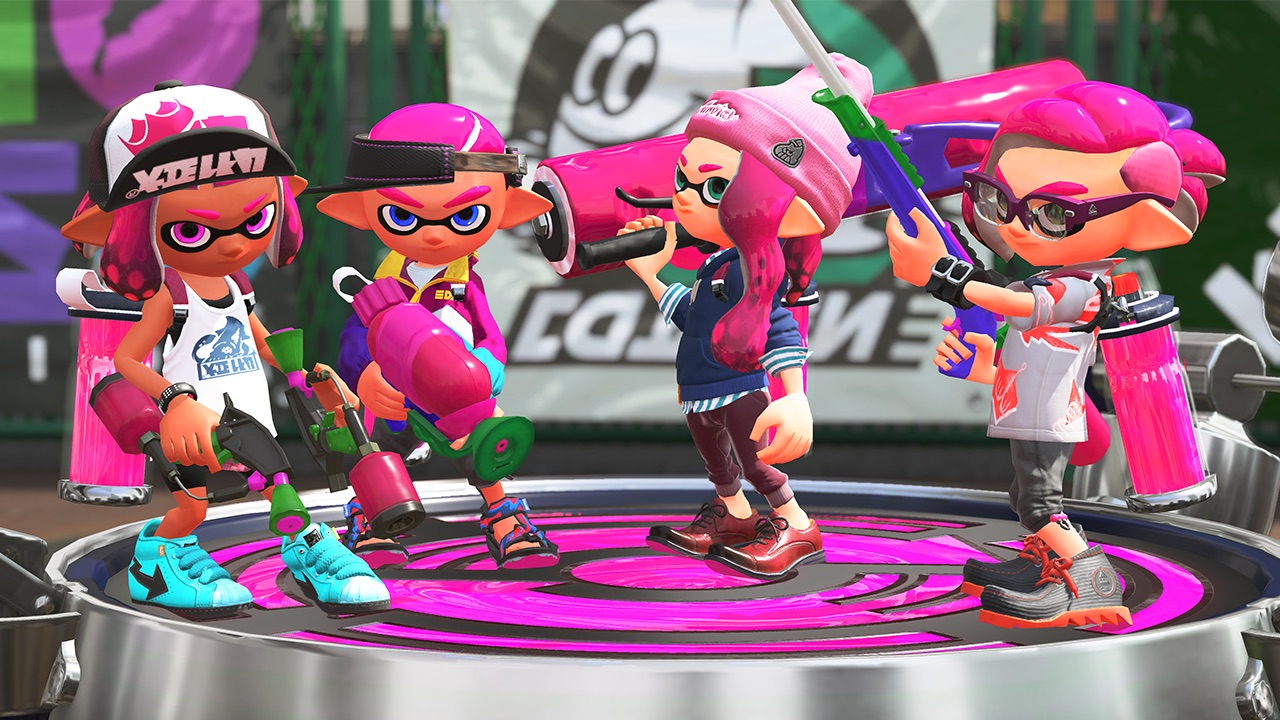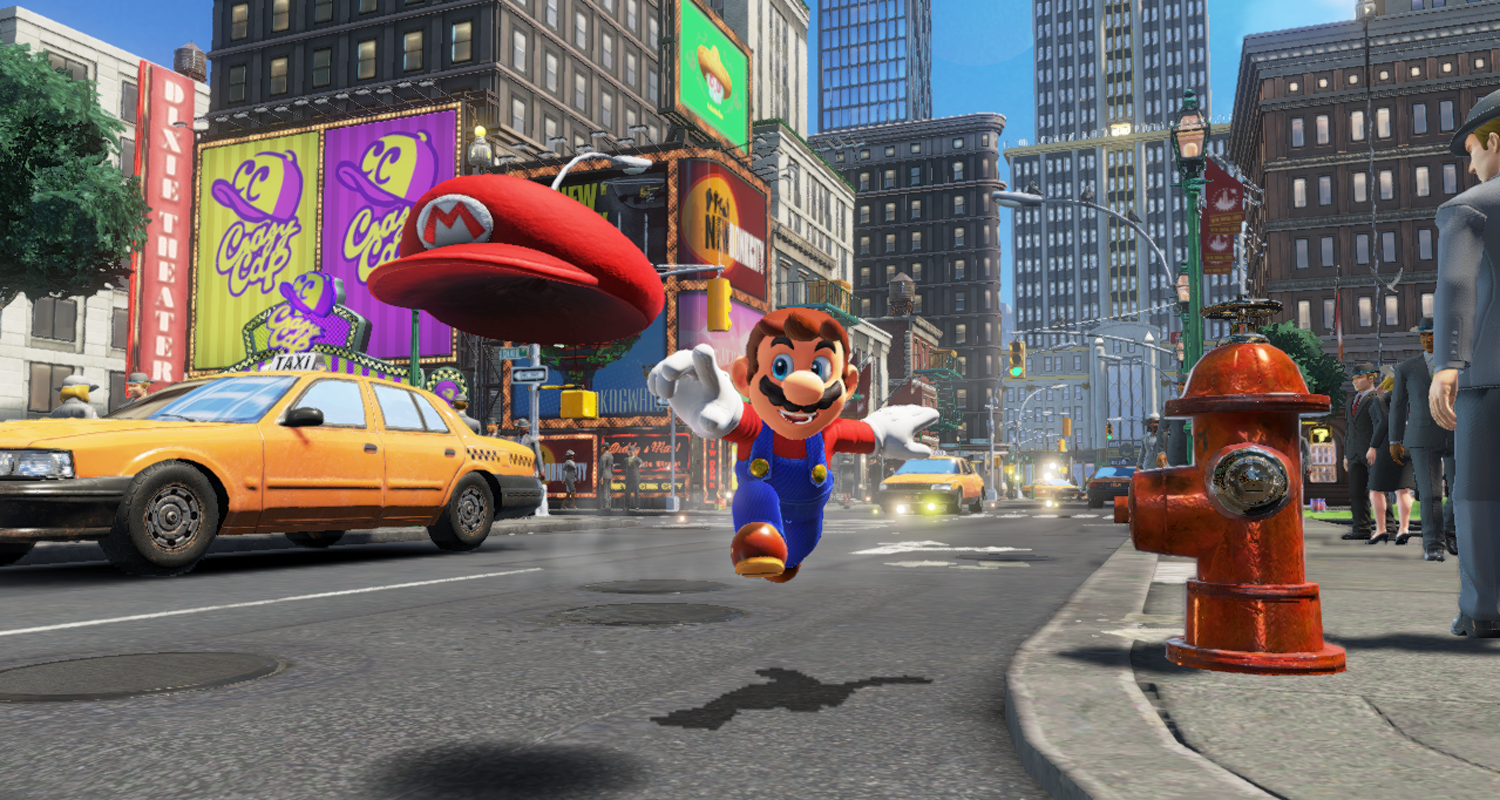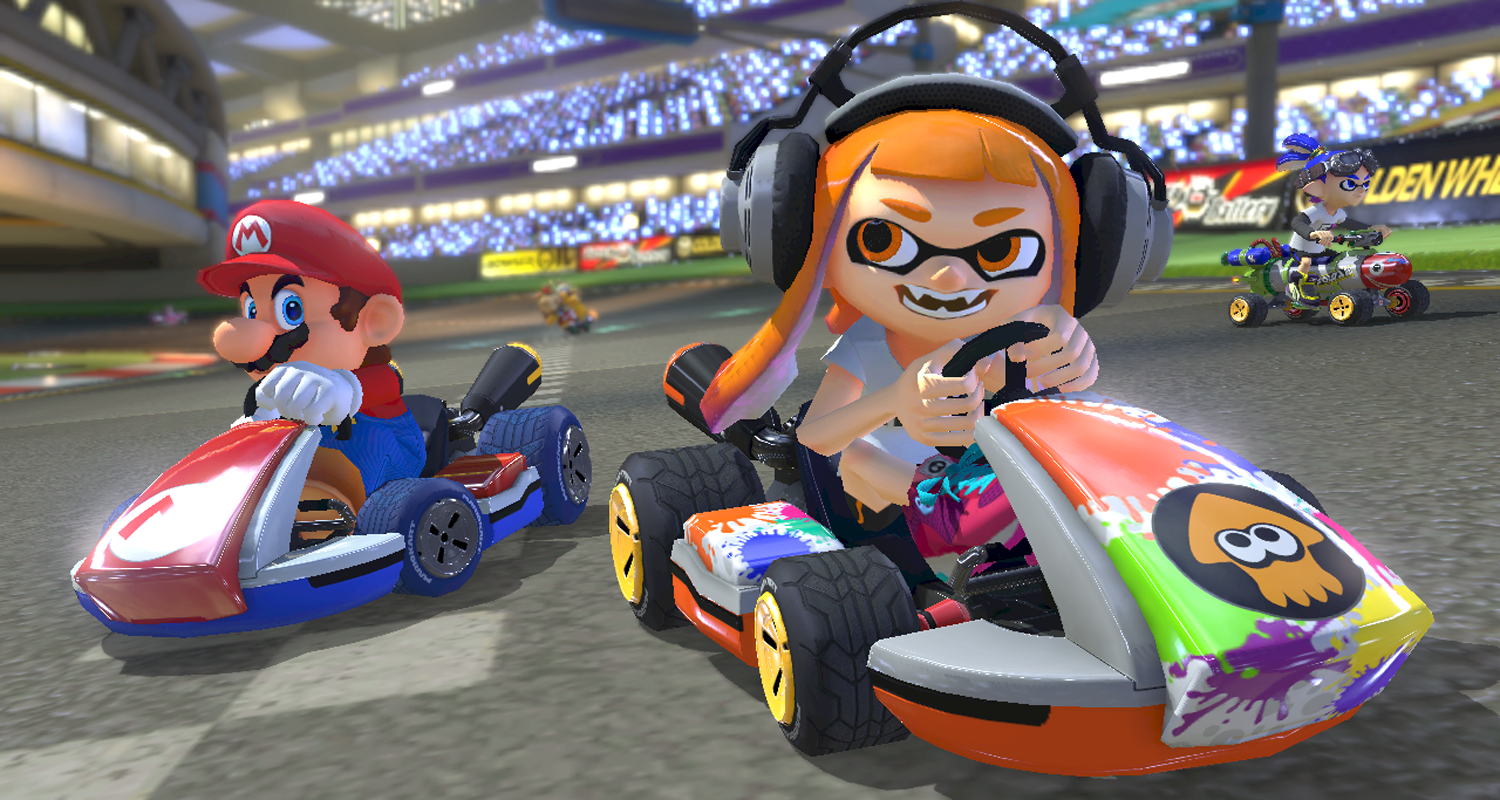Nintendo Switch review: An impressively well-designed home and handheld console
Hands on with Nintendo's unique new video game console and its Joy-Con controllers.
I don't remember ever being as excited to play with a new video game console as I was with Nintendo Switch. I've been excited to play games on new consoles of course, but not to play with the console itself.
The thrill of opening up a brand new PS4 or Xbox One begins and ends with removing the black box, plugging it in and inserting a disk. With Switch, there's a delight in toying with the console itself: discovering the satisfying click that's made when a Joy-Con controller slots on to the side of the handheld screen, or inserting said screen into the dock to "switch" play from the handheld to a television set.
This is indicative of Nintendo's design philosophy: to maximise play with a device that allows users to play anywhere they choose, and in a multitude of ways.
Docked, it's a home console, undocked it's a handheld capable of local multiplayer out of the box thanks to its ability to connect to up to seven nearby Switch devices and its two Joy-Con controllers.
These Joy-Cons are the most surprising thing about Switch. When Nintendo first announced the console in October, little thought was given to the teeny controllers, but they house a surprising amount of tech.
In fact, they're packed with features, and are the best example of just how fantastically well-made Switch is overall. The Wii U, with its plasticy feel, this certainly is not.
It's a remarkable feat. The central feature, that switch that the console is named after, is as effortless as it needed to be. During any game you can dock or undock the handheld portion and be on way within a couple of seconds. The only break in play being a prompt asking you to hold both triggers and then press A to confirm your control method. Simple.
How the handheld Switch and Joy-Cons come together is similarly well-designed. When attached to the screen, the controllers give the handheld motion controls similar to the Wii U pad. The same happens when they're attached to the grip to create a more conventional controller. When separated, the Joy-Cons act as motion controllers independently with a nigh-on perfect representation of movement. Each controller houses near-field tech to support Nintendo's Amiibo range and "HD Rumble", Nintendo's term for detailed haptic feedback.
Launch title 1-2 Switch demonstrates the Joy-Cons' capabilities well. One mini-game for example, sees two players racing to unlock a safe by rotating their Joy-Con as if it is a dial, feeling every tiny, incremental click thanks to the rumble effect until the larger clunk indicating where they must hold their position. Another game asks players to count the number of ball-bearings inside a wooden box, replicated by the Joy-Con. As players move the controller, they can feel the ball-bearings colliding and hitting the sides of the box. It's a remarkable sensation and while yes, it is a gimmick, we hope it is put to good use.



Quite how much use the console gets as a handheld will vary from person to person, so the TV aspect needs to be robust. When you do this you'll need to use the Joy-Con grip controller, which needed to be comfortable to tie the whole system together. Thankfully it is. The Pro Controller sold separately is naturally better, but the pack-in controller still does the job very well.
Members of the press have found that some Joy-Cons have a syncing issue with Switch when there's an obstruction between the controllers and the console in TV mode. IBTimes UK did not encounter this problem, suggesting it only affects some controllers. Nintendo has yet to elaborate on the nature of the issue or whether there will be a fix, but says it is investigating.
When held sideways, each Joy-Con also functions as a miniature controller of its own. This is for multiplayer ub Switch's tabletop mode - when the screens capable but flimsy kickstand is used to prop up the screen. At launch, Super Bomberman R will be the best example of this in use.
They're certainly small, but entirely useable in short bursts - the kind of spur-of-the-moment multiplayer sessions they're designed for. For games like Bomberman they work perfectly, but fighting game aficionados will want to avoid them when Ultra Street Fighter 2: The Final Challengers is released. Casual players however, will get on fine. A game like Mario Kart 8 Deluxe, set for release in April, would seem to occupy the middle ground.
When used like this, the packed-in wrist-strap mounts add some welcome heft and improve the Joy-Cons shoulder buttons. They are a little cumbersome to remove, but once you have the knack it's simple enough.



In handheld mode, Switch is comfortable and surprisingly light with a gorgeous 6.2 inch, high quality screen on which the 720p resolution suit perfectly and provide the best gaming visuals you'll see on a handheld device. Battery life isn't as robust as many would have hoped - about 2.5 hours with the most demanding games but up to six hours otherwise. This is offset somewhat by the simple USB-C connection for charging, but does mean you'll need to take a charger with you on long trips.
What's become increasingly clear since Nintendo's Switch presentation in January is that 3 March marks the soft launch of its new console, and that it's a launch that will effectively last all year, supported by major releases like Mario Kart 8 Deluxe, Splatoon 2 and Super Mario Odyssey in time for Christmas - where Nintendo is likely to have prepared a massive marketing push.
Throughout the year Nintendo will adding new features to the console. Its premium service, which will be required to play online multiplayer, will be tested and brought into effect. The Virtual Console will we hope be added and other features will also be introduced, such as the means to capture and share video. By Odyssey's release the Switch will essentially be "complete", but what we have here, ready for 3 March, is hardware thoroughly capable of supporting Nintendo's full development efforts for years to come.
Nintendo usually has trouble drawing third parties to their consoles, but even if this is the case of major third-party games as it was with Wii U and the later years of the Wii, it will at least be offset by the unified development of Nintendo's roster of development teams working on a single device once the plug is pulled on 3DS support. That Switch is so well suited to smaller indie games could help offset this too. I already plan on getting certain indie games such as Rime and Overcooked on Switch over PS4 and Xbox One, and I doubt I'll be the only one.
Nintendo dares. No other hardware manufacturer takes the kind of risks Nintendo so often does. Whether or not it ultimately pays off is no reason to ridicule a philosophy that may not have served the company well in recent history, but which did make them a household name. The audacious idea that came to be Nintendo Switch has paid off. It's Nintendo's most impressively well-designed home console ever; a tight, light package brimming with ideas and built to support all manners of play. The mark of a console is how well it supports a wide variety of games, and Switch does that through its hardware and, it seems, through the efforts Nintendo has made to make it easier than ever for third parties to develop software for a Nintendo console. Nintendo Switch is primed to eclipse the disappointing sales of Wii U, and though we don't know yet if this will be the case, it certainly deserves to.
For all the latest video game news follow us on Twitter @IBTGamesUK.
© Copyright IBTimes 2025. All rights reserved.



















